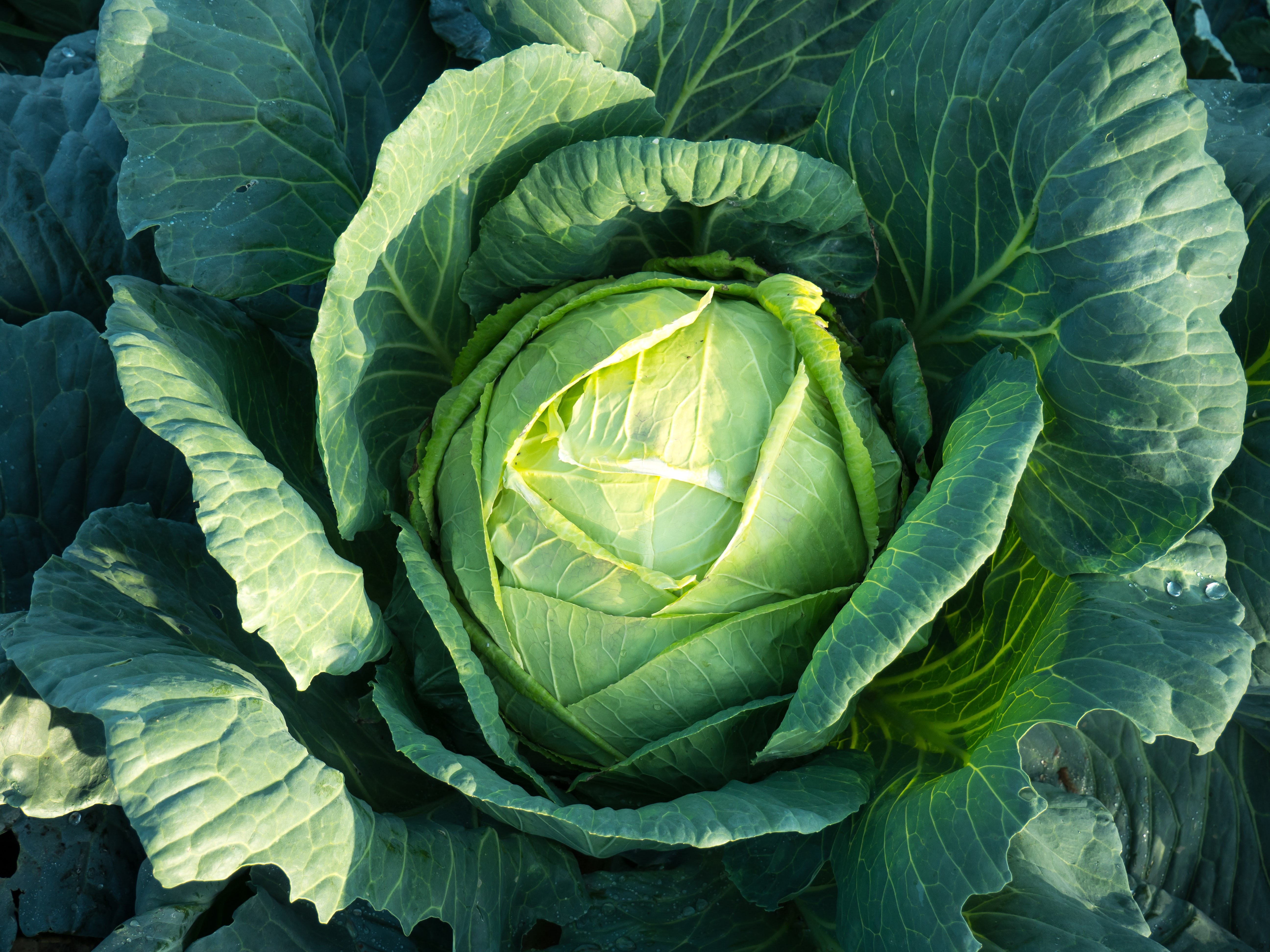19 Apr, 2023
The connection between movement and hormones
Female health and hormonal health, what’s the best type of movement to do, when and how often should we do it. How can we support the female body throughout its natural changes? We sit down with our movement expert Jade to discuss the connection between movement and hormones and how to make the most of your workouts at different phases of your cycle.
HealthLets take a closer look, addressing the following questions:
What is the best movement if you are Peri-menopausal or Menopausal?
Any movement that honours how your body is feeling and that works with your body, is the best movement practice to have. It’s different for everyone. The best way to approach it is to find something that you love. Explore new activities that you previously didn’t practice. As you enter a new phase, embrace the change and compliment your bodies physical changes with movement that help you to feel your best, whether that’s walking, hiking, swimming and/or yoga.
Strength training is also highly recommended. Women’s muscles lose size and density as they experience Menopause and Oestrogen levels begin to decline, sometimes causing Osteoporosis. Women can often feel dizzy and lose their balance easily, so stability and balance training can be beneficial too. Aim for 30-60 minutes at least 5 days per week and incorporate various types and intensities to keep your bones healthy and dense, muscles strong and flexible, and joints mobile.
How should we alter our movement throughout our cycle?
The main recommendation is to keep moving throughout your cycle, if it feels good to do. It helps to keep your body functioning optimally and minimises PMS symptoms. “Regular exercise reduces the amount of prostaglandin in the lining of your womb – the hormone responsible for inflammation and uterine muscle cramps” Dr Ratnavelu. The key is to listen to your body and focus on adjusting your movement practice accordingly to support you throughout your cycle.
Phase 01 - Menstruation
You may feel more tired during this phase which is completely normal. Try to fuel adequately and rest when you need to, keeping your workouts mild. “Because of the low energy during menstruation, low-intensity aerobic exercises, such as swimming, yoga, strength training and light cardio – including walking and cycling can be easier on the body” Dr Ratnavelu.
Phase 02 - Follicular Phase (the week or so after your period)
This is when Oestrogen (mid follicular phase) is higher. The female body experiences an increase surge of energy and is primed for harder training sessions. Use this phase to your advantage - now could be the time to do higher intensity movement, cardio and strength training. And work towards smashing those PB’s!
Phase 03 - Ovulation Phase (mid-cycle)
Maintenance is the key at this stage. Testosterone is higher helping muscle growth, repair and bone mass. This could be a good time to build on the higher intensity sessions from the week before and go for it if you feel able to.
Phase 04 - Premenstrual/Luteal Phase
The luteal phase is a good time to reduce intensity and take adequate rest when needed. Progesterone is higher here and there is an increase in body temperature which may make you feel tired or fatigue more quickly. However, this is also the week to try and stick to your movement routine if you can, helping to alleviate PMS symptoms, cravings and helping to manage emotions. Moderate/low intensity training can work well with adequate fuel and nutrition sustaining your energy throughout the day.
How can we move for hormonal health? I.e. to balance our hormones?
Cross training including cardio/endurance, strength training, stretching, mobility and yoga is a great way to move for optimal hormonal health. Variety keeps it exciting, interesting and fun as well as gaining all round maximum benefit for the body. Daily movement through a mixture of low, medium and high intensity has huge benefits for the various systems in the body, helping to restore hormones back to optimum, if out of balance.
From regulating insulin levels and balancing blood sugar, to detoxification of the body and removal of metabolised hormones, to the efficient functioning of the Endocrine system and regulating the Nervous system - all bodily systems work better when the body moves. This supports and provides an environment for great hormonal health. Practicing intentional movement is key. Especially as you age.
Try and incorporate movement as a lifestyle behaviour knowing that it has huge benefits not only on your physical health, but equally on your hormonal and female health too.
Put intention into action and discover the long-lasting pleasure, joy and healing aspect of food and movement with our 10-Day Balance Plan. Feel empowered to take your health and the health of your hormones into your own hands. Our Balance Plan delivers 10 days of a fresh, daily menu to support your hormone health by targeting your gut health, balancing blood sugar levels and supporting the natural detoxification system. Including is a series of movement and mindfulness classes from The Yoga Class Co and a bundle of amazing gifts to optimise hormonal balance, and provide extra nurture along your way.
Take our quiz to discover which of our plans would be best for you!
Jade Swaby, Coach and Personal Trainer
www.i-brandyou.com
@j_a_d_e__s



